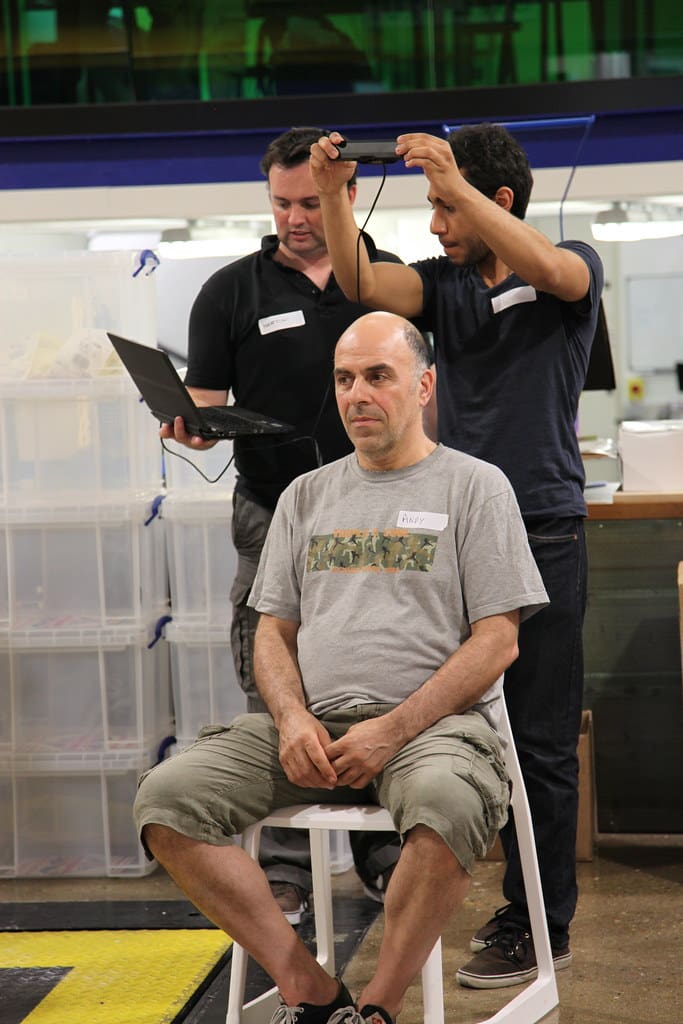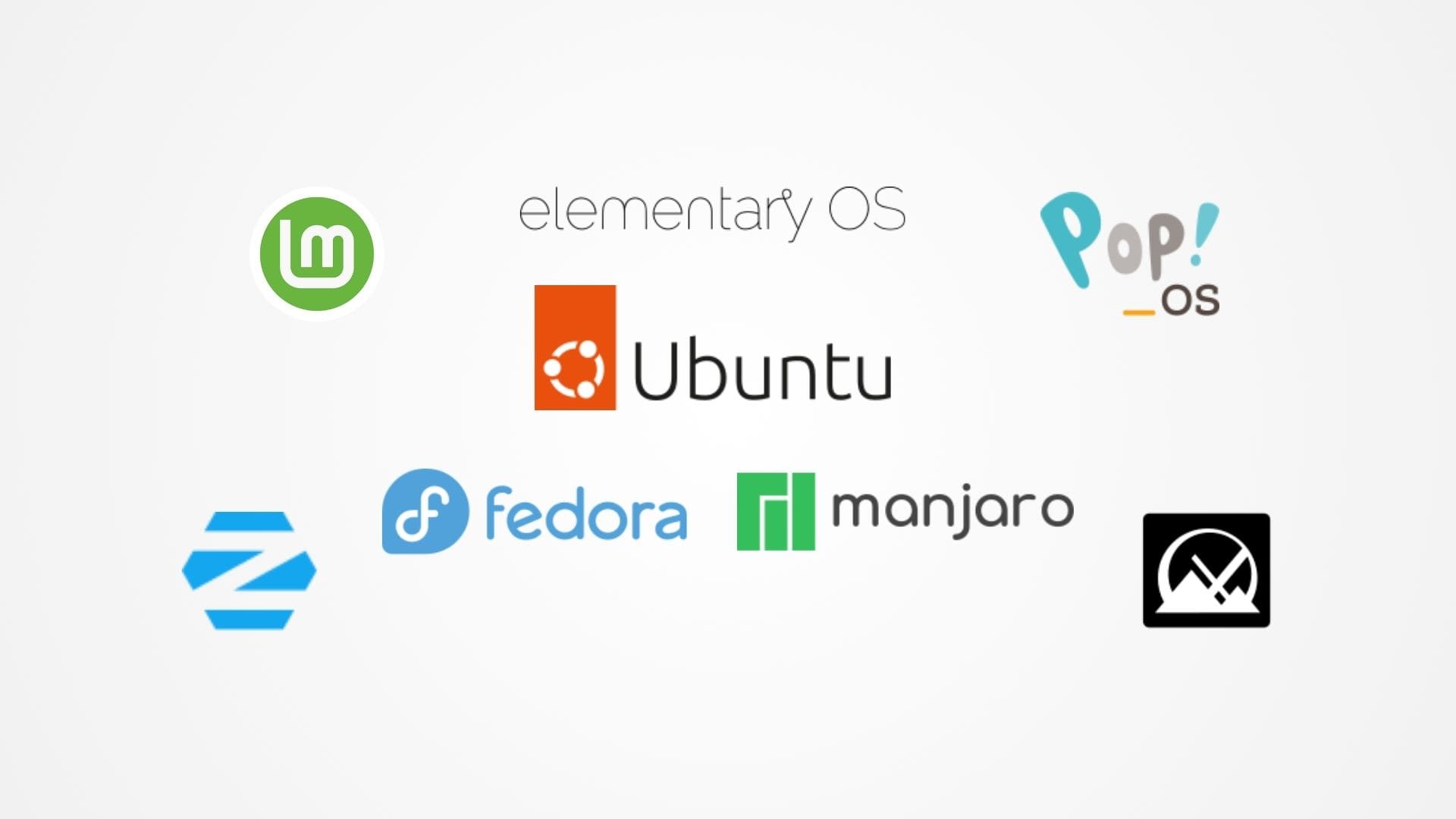Neuroelectronics encompasses the intersection of neuroscience and electronic design, focusing on developing devices that interact with the nervous system. This field is critical for advancements in neural monitoring, brain-computer interfaces, and therapeutic technologies. The incorporation of 3D printing into neuroelectronics is transforming how devices are conceptualized, designed, and manufactured. With its ability to produce highly customized and complex structures, 3D printing is enabling more sophisticated integrations of electronic components with biological systems, thereby enhancing the functionality and application of neuroelectronic devices.
The Emergence of 3D Printing in Neuroelectronics
Initially used for prototyping in various industries, 3D printing has rapidly expanded into the realm of neuroelectronics, driven by its potential to create intricate device geometries that are both lightweight and biocompatible. This technology allows for the precise fabrication of components that can conform to the complex shapes of neural tissues, offering improved interfaces for recording and stimulation devices. As 3D printing technologies have advanced, they now support the integration of conductive materials, which is essential for developing functional neuroelectronic systems.

Advantages of 3D Printing in Neuroelectronics
Customization and Precision: 3D printing allows for the creation of neuroelectronic devices tailored to individual anatomical and physiological requirements. This precision is crucial for ensuring optimal functionality and minimization of invasive procedures.
Complex Geometries and Integration: The ability to fabricate complex structures that can house electronic circuits and sensors within a single form factor is particularly beneficial for neuroelectronic applications. These devices often require the integration of multiple functionalities into compact units that can interact seamlessly with neural tissues.
Rapid Prototyping and Iterative Development: 3D printing enables quick production of prototypes, allowing engineers to test and refine neuroelectronic devices much faster than traditional manufacturing methods permit. This accelerates innovation and the practical application of research findings.
Material Versatility: Advanced 3D printers can handle a variety of materials, including polymers that are biocompatible and metals that can conduct electricity. The ability to use these materials in a single print job opens up possibilities for creating more integrated and functional devices.
Key Applications of 3D Printing in Neuroelectronics
Brain-Computer Interfaces (BCIs): 3D printing is used to develop customized interfaces that can read neural signals directly from the brain. These devices, crucial for applications such as controlling prosthetics or computer systems with thought, benefit from the custom fit and enhanced signal fidelity that 3D printed structures provide.
Neural Probes and Electrodes: Ultra-fine, precisely dimensioned neural probes for recording and stimulating brain activity can be fabricated using 3D printing. These probes can be designed to reduce tissue damage and improve the long-term viability of neural implants.
Wearable Neurodevices: From EEG caps to novel diagnostic wearables, 3D printing can produce devices that conform perfectly to the contours of the user’s body, enhancing both comfort and signal accuracy.
Rehabilitative Devices: Neuroelectronic devices aimed at rehabilitation, such as those used for electrical stimulation to restore movement to limbs affected by neurological disorders, can be custom-made to fit the ergonomic and functional needs of individual patients.

Challenges in 3D Printing for Neuroelectronics
Biocompatibility and Safety: Materials used in 3D printed neuroelectronic devices must not only be conductive but also biocompatible. Ensuring long-term safety and functionality when in contact with neural tissues remains a significant challenge.
Resolution and Durability: Achieving the high resolution necessary for effective neuroelectronic interfaces, along with ensuring the durability of these devices under physiological conditions, requires ongoing advancements in 3D printing technology.
Regulatory Hurdles: Neuroelectronic devices often face stringent regulatory scrutiny, particularly those that are implantable. Navigating this complex regulatory environment is essential for bringing new innovations to market.
Cost and Accessibility: While decreasing, the cost associated with advanced 3D printing technologies, especially those capable of integrating multiple materials, can be prohibitive, limiting wider research and development efforts.
Future Directions in 3D Printing for Neuroelectronics
The future of 3D printing in neuroelectronics is highly promising, with technological advancements anticipated to address current limitations and expand capabilities. Innovations in printer accuracy, multi-material fabrication, and conductive biocompatible materials are expected to drive significant progress in this field.
3D printing is poised to continue revolutionizing neuroelectronics, providing new ways to interface with the human nervous system more effectively and less invasively. As the technology evolves, it promises to enable more sophisticated, efficient, and personalized neuroelectronic devices, potentially transforming the landscape of neuroscience research and clinical practice.








